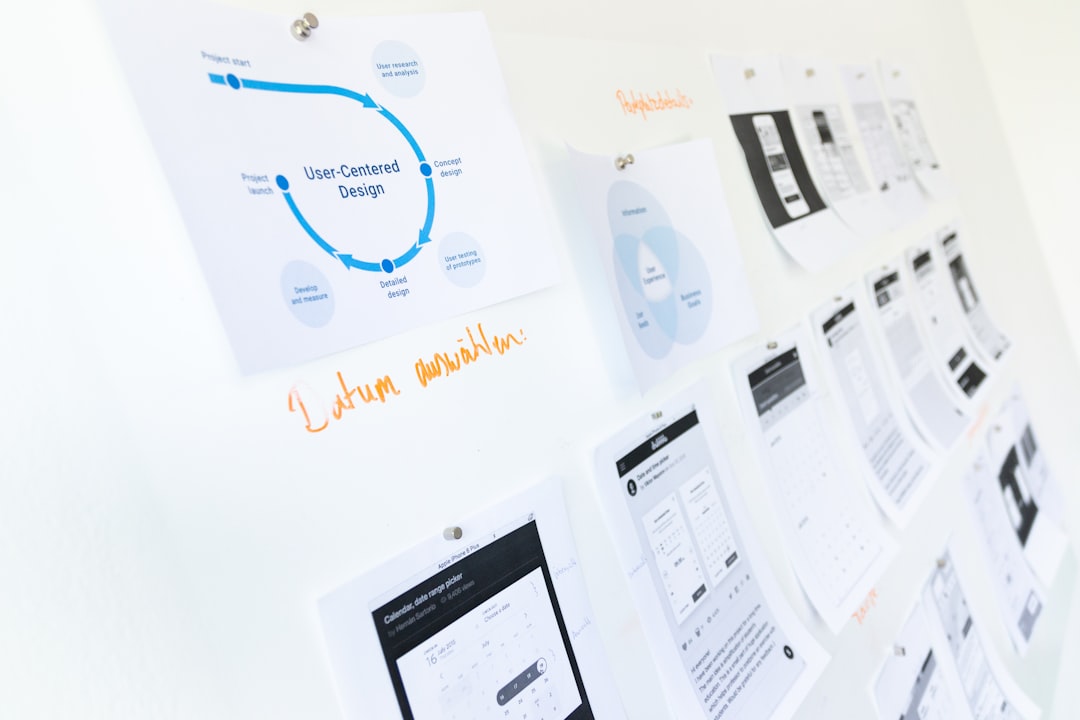Imagine you’re driving a race car. You hit 200 mph in seconds. Feels amazing, right? But now imagine your steering wheel is hard to turn, the brakes respond slowly, and the dashboard is confusing. Still excited about the speed?
That’s kind of what happens in the world of digital user experience (UX). Super-fast apps or websites are thrilling. But if users can’t find what they need, or get frustrated, then that speed doesn’t matter much.
The Myth of “Faster is Better”
Speed matters. Of course it does! Nobody wants to wait forever for a page to load.
But speed isn’t the only thing that matters. There’s a sweet spot where speed and performance come together to create magic. That’s where top UX lives.
What Do We Mean by “Speed”?
Let’s clarify. When we say “speed,” we’re talking about:
- How fast an app or site loads
- How quickly it responds to taps, clicks, drags, etc.
- How smooth animations and transitions are
All very important things. Nobody likes staring at a spinning wheel or frozen screen.
So, What’s “Pro Performance” Then?
“Pro performance” is the whole package. It’s not just about going fast—it’s about going smart. It includes:
- Intuitive design
- Clear navigation
- Useful feedback (yes, that little pop-up that says “Saved!” counts!)
- Consistent interactions across devices
- Accessibility
Basically, pro performance = smooth, intelligent, user-friendly design that feels effortless.
Let’s Imagine a Scenario
Picture this:
You open a super-fast news app. It loads instantly. Cool.
But wait… the headlines are jumbled. The font is too small. The menu is hidden under a mystery icon. And the back button takes you somewhere totally random.
Not so cool anymore.
Speed can bring users in. But poor performance drives them away.

Where UX Wins: Balance!
The best user experiences shine because they balance speed and performance. Here’s how some top platforms do it:
- Google: Fast searches, but also clear, readable results
- Apple: Slick animations, but also intuitive layout
- Spotify: Quick song loading, but also clean navigation
They don’t choose between fast or user-friendly. They aim for both!
How Slow is Too Slow?
Research shows users start to get annoyed if something takes more than 3 seconds to load. That’s like… blinking five times. Not much, right?
If it’s slower than that, users bounce.
But even if your page loads in 0.5 seconds, users won’t stay long if the content is a mess. That’s where pro performance makes its entrance.
Performance Is More Than Code
Performance isn’t just about how well your code runs. It’s also about how the design and content work together.
A good performance includes:
- Helpful error messages (not just “Oops!”)
- Loading indicators when needed
- Logical flows from start to finish
- Personalized touches (like a welcome back greeting)
It’s the small stuff that makes your app or site feel professional and trustworthy.
Think Like Your User
If you want to design with great UX, just put yourself in your user’s shoes.
Ask:
- Can a first-time user figure this out?
- Would I use this app again tomorrow?
- Does this feel fast and easy?
Users don’t usually say, “Wow, this has great UX!” But they feel it. They’ll smile, stick around, maybe even tell a friend.
Comeback Time: Top Speed or Pro Performance?
If you had to pick just one (you don’t, but let’s pretend)… it’s smarter to go with pro performance.
Here’s why:
- You can hide a bit of slowness with good UX (like skeleton loaders and clever animation).
- But no amount of speed will help bad UX.
Users will forgive a slight delay—but not if your app makes them feel dumb or frustrated.
Tips to Merge the Two
Ready to bring both worlds together? Here are some simple steps:
- Optimize images and files to keep load times snappy.
- Use lazy loading so people see something fast, even before the whole page is ready.
- Make navigation clear with icons and labels.
- Add microinteractions to show responses (like clicking a heart icon).
- Test with real users—seriously, it helps so much!

Real World Example: Ecommerce Woes
Imagine an e-commerce site. It loads ultra-fast. But product buttons are tiny. Filters don’t work. The checkout page crashes.
The site passed the speed test, but failed where it counts most: the user’s journey.
Now think of Amazon. It’s not the fastest-looking site. Not the prettiest either. But everything works. It’s smooth. You always know where to find stuff. And checkout’s a breeze.
That’s pro performance flexing hard.
Why Designers and Developers Should Work Together
This is a team game.
Designers need to know how speed affects layouts.
Developers need to understand how layout impacts feelings.
Align them both, and boom—your app will feel like a dream.

Wrapping It All Up
Speed gets you in the race. But performance wins you the trophy.
Don’t pick one over the other. Mix them. Shake them. Stir well. Serve users a delicious blend of fast and friendly.
In short: Speed wows. Performance wins hearts.
Want great UX? Then build for both.
Your users—and your app reviews—will thank you.

